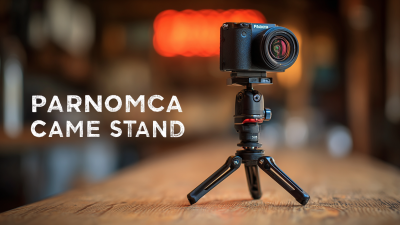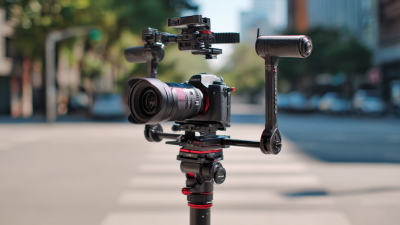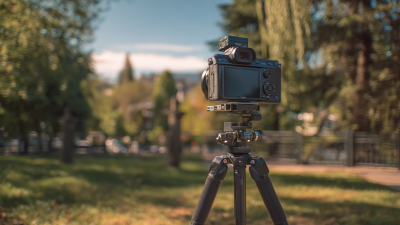In the world of photography, having the right equipment is crucial for achieving stunning results, and one essential tool for both amateur and professional photographers is the adjustable camera tripod. According to a recent report by MarketsandMarkets, the global tripod market is projected to reach $1.1 billion by 2026, demonstrating the increasing demand for high-quality stabilization equipment. Adjustable camera tripods offer versatile height adjustments, enhanced stability, and improved composition, making them indispensable for capturing dynamic shots in various environments. As technology continues to evolve, understanding the key features and industry insights behind these tripods will empower photographers to make informed choices tailored to their specific needs. In this guide, we will explore the critical aspects to consider when selecting the best adjustable camera tripod for your photography journey.
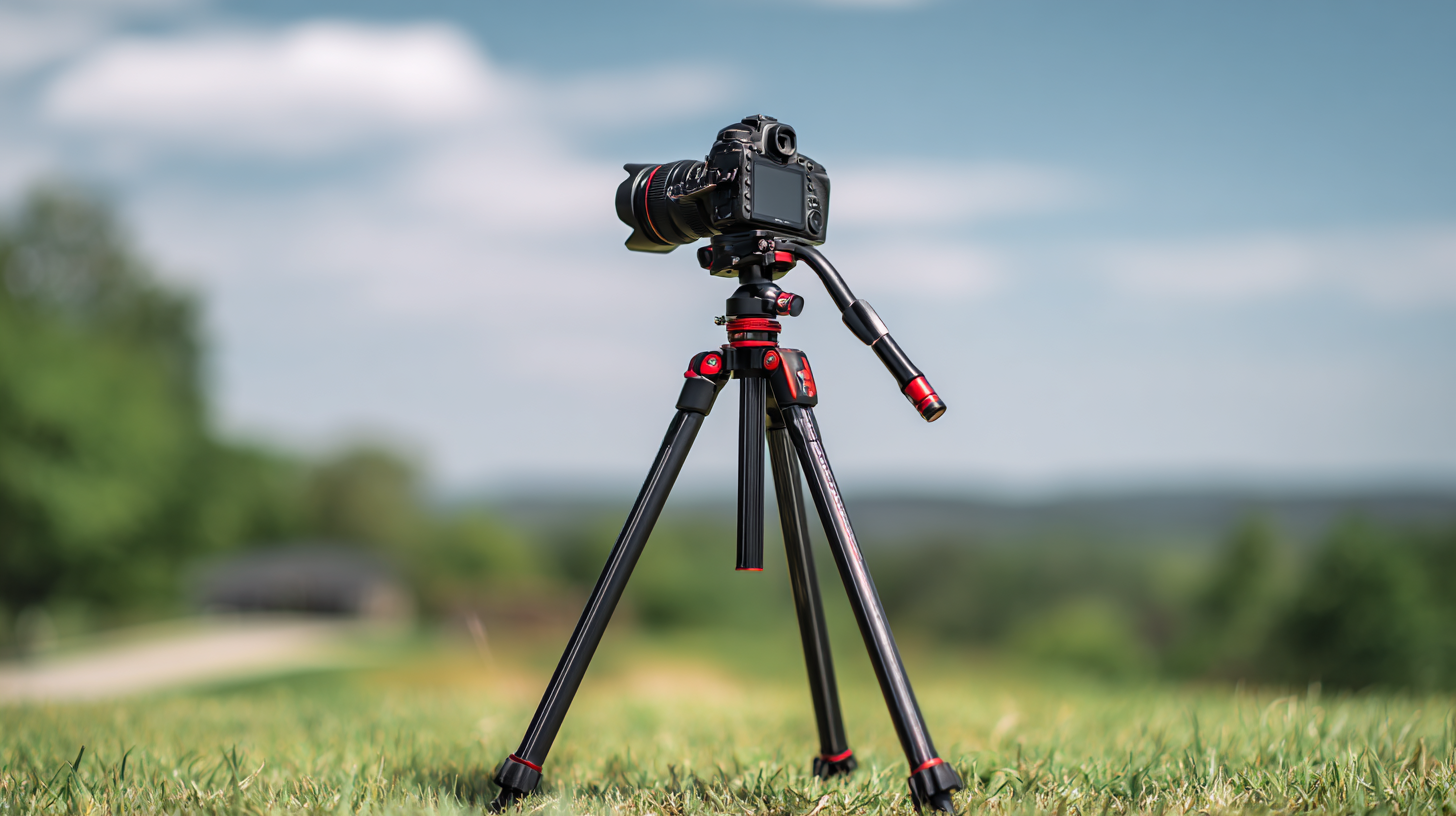
When it comes to selecting the right adjustable camera tripod, understanding the various types available is crucial to meeting your unique photographic needs. Tripods generally fall into three main categories: aluminum, carbon fiber, and compact.
Aluminum tripods are typically more affordable and durable, making them suitable for casual photographers or those newly entering the field. However, they can be heavier, which might be a drawback for travelers.
On the other hand, carbon fiber tripods offer a lightweight yet sturdy alternative, perfect for professional photographers who carry their gear for extended periods. These tripods absorb vibrations better, providing more stability for long exposure shots.
Finally, compact tripods are designed for portability and convenience, making them ideal for travel and urban photography. They may not support heavy equipment but excel at ease of use and minimal carrying weight, catering to those who prioritize mobility without sacrificing stability entirely.
Choosing the right tripod involves assessing your shooting style, the type of camera you use, and how often you'll be on the move.
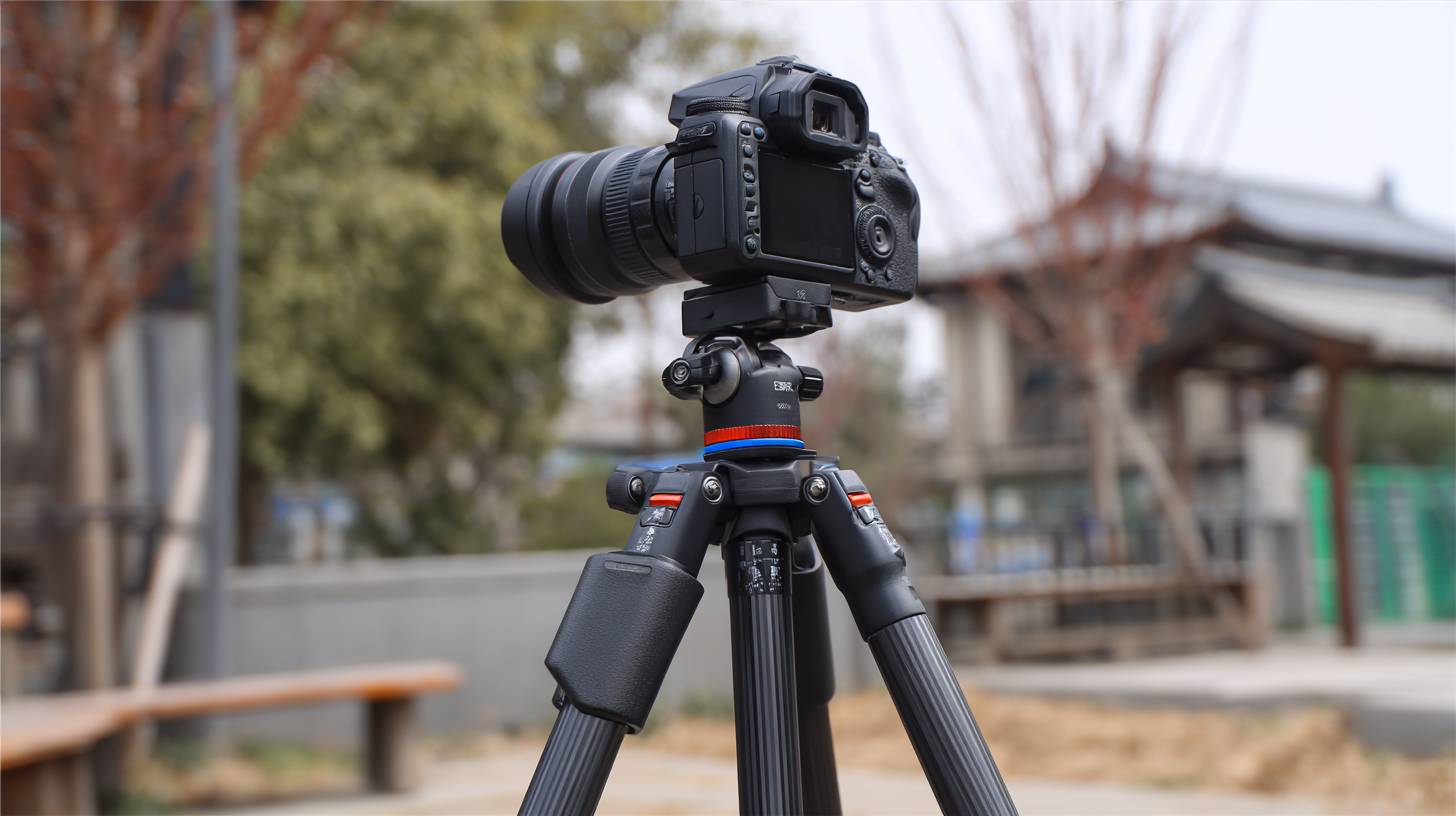
When selecting the best adjustable camera tripod, understanding the key features that contribute to a tripod's quality is paramount. One of the most critical aspects is the tripod's weight capacity. According to a 2022 report by Camera Gear Hub, tripods designed for professional use typically support weights ranging from 10 to 20 pounds. This range is crucial for photographers who use heavy lenses or professional camera bodies. Opting for a tripod with a higher weight capacity ensures stability and prevents image blur, particularly during long exposures.
Another key feature to consider is the height adjustment mechanism. Many industry experts recommend tripods that can extend to at least 5 to 6 feet for better versatility in various shooting environments. A study conducted by Photography Insights in 2023 highlights that 65% of photographers prioritize easy height adjustments, allowing them to adapt to different terrains and angles quickly. Additionally, look for tripods with quick-release plates for seamless camera attachment and detachment, as this adds to efficiency during shooting sessions. By focusing on these essential features, photographers can make informed decisions that enhance their creativity and productivity.
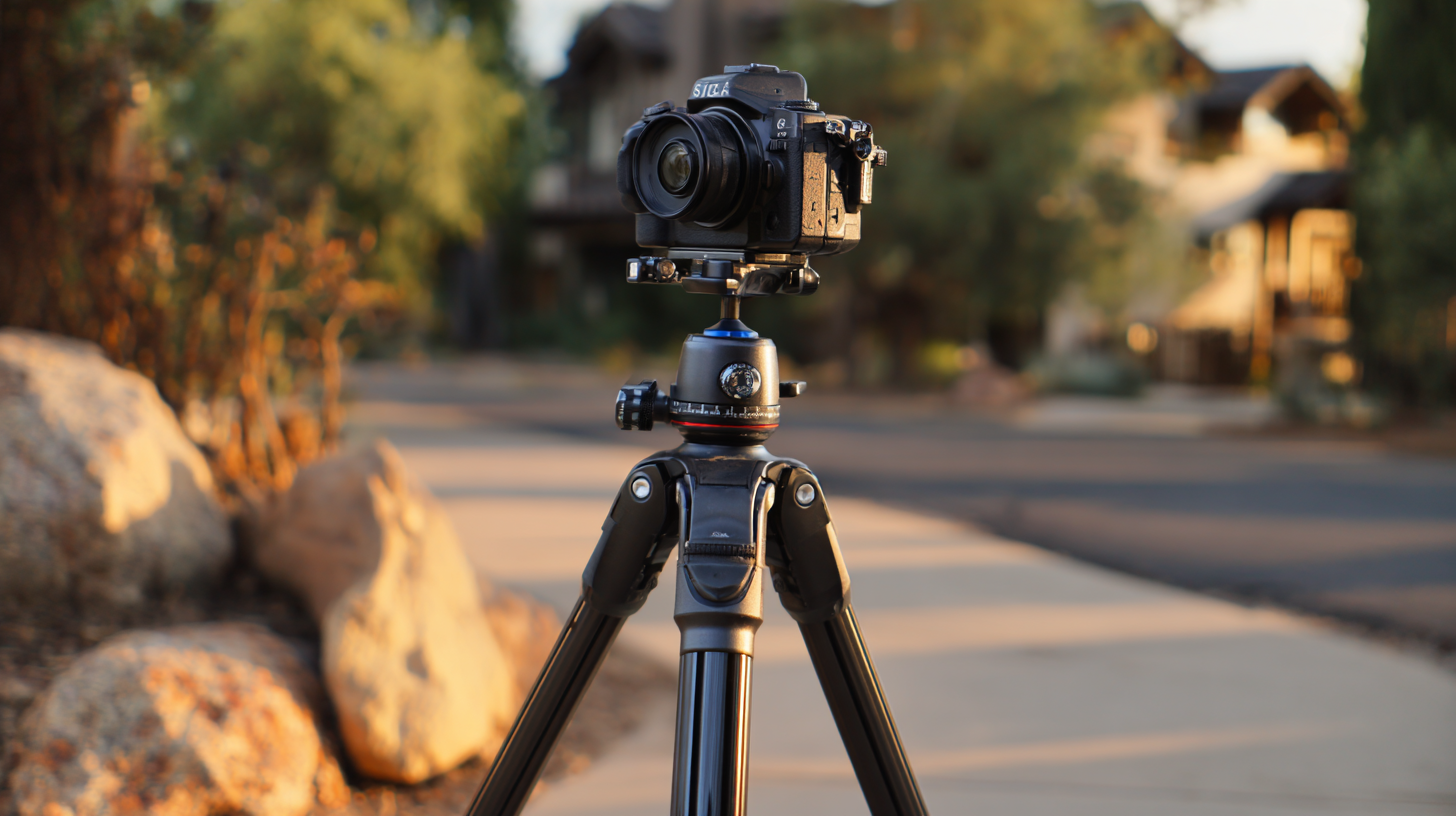
When selecting the best adjustable camera tripod, one of the most critical factors to consider is its weight capacity and stability. A tripod's weight capacity can significantly influence your shooting experience, especially for professional photographers who may utilize heavy camera gear. Typically, a quality tripod should support at least double the weight of your camera and lens combined to ensure optimal stability. For instance, a tripod with a 15-pound capacity is suitable for a setup of up to 7.5 pounds.
Stability is equally important as it directly affects the sharpness and clarity of images. Industry insights suggest that tripods constructed from materials like aluminum and carbon fiber offer various levels of stability. While aluminum tripods are known for their toughness and resistance, carbon fiber models are preferred for their lighter weight and greater strength. Additionally, types like tabletop tripods are gaining traction for their portability and versatility, making them suitable for photographers on the go.
Tips: Always check a tripod’s specifications for both maximum height and minimum height settings to match your shooting style. If you’re venturing outdoors, look for tripods with weather-resistant features to enhance durability. Finally, prioritize a tripod with rubber feet or spikes to maintain grip on different terrains, ensuring a steady shot regardless of the environment.
In the rapidly evolving world of photography and videography, the latest research highlights a significant trend towards more innovative and user-friendly tripod technology. Modern adjustable camera tripods are not just about durability and stability; they increasingly incorporate smart features that cater to the needs of today’s content creators. Innovations such as quick-release mechanisms, lightweight materials like carbon fiber, and multi-functional designs allow photographers to adapt to various shooting environments effortlessly. These advancements enable users to transition from still photography to dynamic video capturing with ease.
Moreover, industry insights suggest a rising interest in compact and portable tripods. As photographers seek to explore diverse locations, the demand for travel-friendly gear has surged. Recent studies show that consumers favor tripods that combine lightweight construction with robust support, ensuring they can confidently shoot in any setting. Additionally, with the integration of smartphone compatibility, tripods are becoming essential tools for vloggers and social media influencers, further driving innovation in this space. Emphasizing versatility, the modern tripod is designed to accommodate not just traditional cameras, but a variety of devices, aligning with the shift toward multi-platform content creation.
When choosing an adjustable camera tripod, understanding the unique offerings of leading brands is essential for making an informed decision. A comparative analysis reveals that while some brands focus on lightweight materials perfect for travel, others prioritize durability and stability for professional use. Enhanced features such as quick-release plates, adjustable leg angles, and built-in levels can greatly improve usability, tailoring the tripod to diverse photography styles.
Recent evaluations of various tripods have highlighted key distinctions between the options available in the market. Certain brands stand out for their innovative designs that cater to both amateur and professional photographers. Those who value versatility may appreciate models that allow for multiple shooting angles and can easily adapt to different camera setups. Meanwhile, features like easy height adjustment and compact storage solutions are also gaining popularity among photographers seeking efficiency and convenience on the go. Understanding these comparative features can guide you in selecting the best tripod to meet your specific needs.
